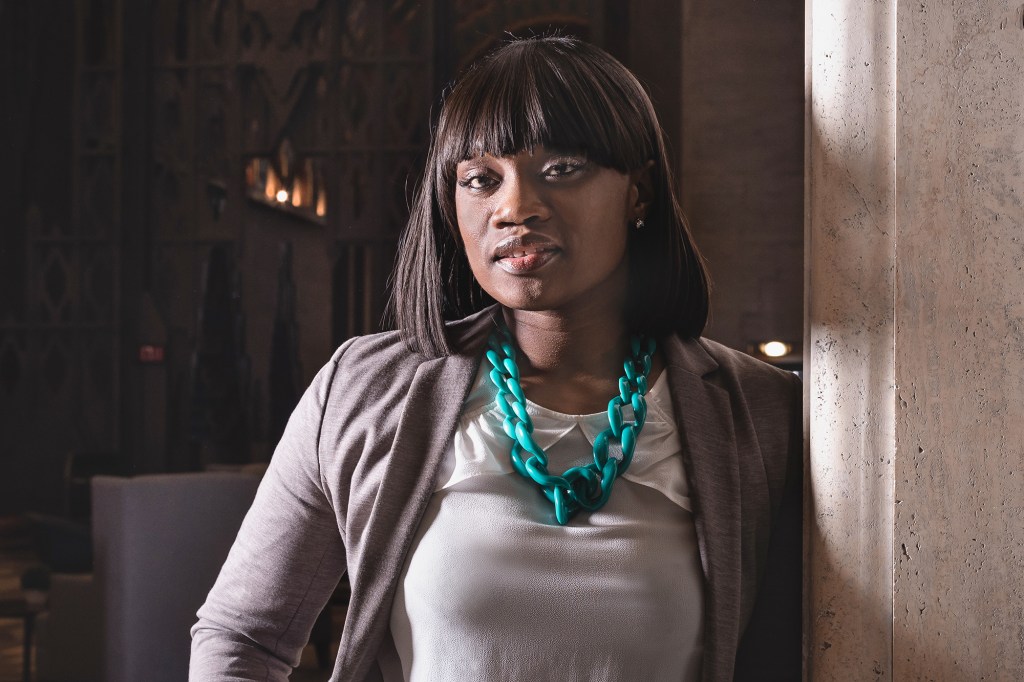Deanna Van Buren knew she wanted to be an architect from the age of eight or nine, when she spent afternoons building cities in her family’s basement, turning pieces of Styrofoam into townhouses. She studied architecture at the University of Virginia and Columbia University before designing shopping centers overseas with her mentor, the late architect Eric Kuhne.
Then, her career took an abrupt turn. Soon after she returned to the U.S. in 2005, she heard Angela and Fania Davis talk about restorative justice at a Martin Luther King Jr. birthday event in Oakland, Calif. “The criminal justice system was familiar to me, but I had no idea how to address it,” Van Buren says. “Restorative justice seemed like a real way out.” She began to think about how the practices of reconciliation, which encouraged a series of difficult conversations between offenders and victims, required its own architecture.
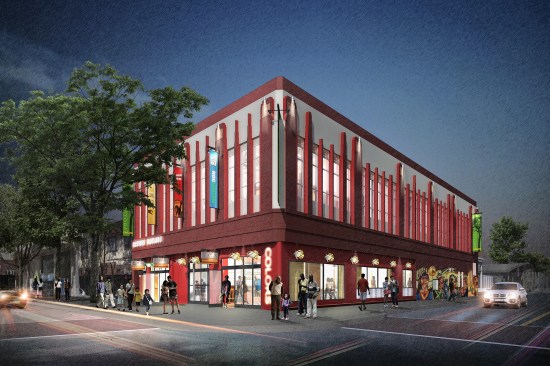
courtesy Designing Justice + Designing Spaces
A Center for Restorative Justice and Restorative Economics in Oakland
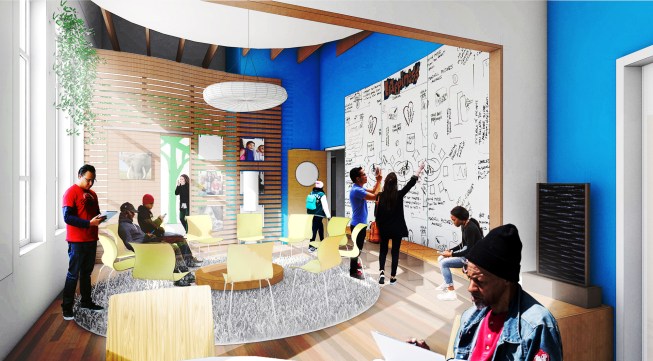
courtesy Designing Justice + Designing Spaces
Interior rendering of the Center for Restorative Justice
Working with Barb Toews, a restorative justice practitioner, and supported by a Loeb Fellowship, Van Buren developed design guidelines for peacemaking centers, creating spaces that are calm and soothing rather than institutional or confining—spaces, in other words, that are nothing at all like our courthouses and prisons today.
In 2015, Van Buren and Kyle Rawlins founded Designing Justice + Designing Spaces, which aims to redefine the architecture of the entire criminal justice pipeline, including housing for high-risk youth just out of foster care. Rawlins, a developer with expertise in building affordable housing, oversees the development wing of the firm, which has completed three restorative justice centers in New York and California; its current projects include a center in Oakland with a restaurant in which low-income and formerly incarcerated individuals will be trained for work in the fine dining industry.
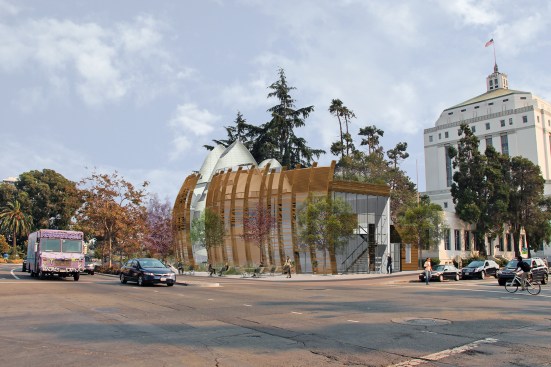
courtesy Designing Justice + Designing Spaces
A rendering of a proposed Restorative Justice Center in Oakland
Van Buren frequently uses the word “infrastructure” rather than architecture when discussing her work. “When you think at a systems-wide level, it includes housing, sources of economic access, education access,” she says. For Raphael Sperry, president of Architects/Designers/Planners for Social Responsibility, this systemic approach is part of what distinguishes the firm: “Their work challenges the racism of mass incarceration head-on.”
Deanna Van Buren’s TED talk
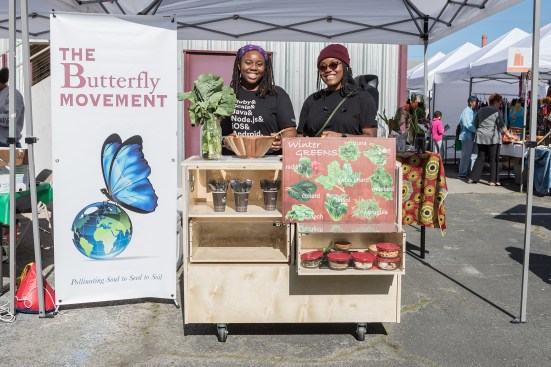
Emily Hagopian
An image from the DJ+DS-designed Pop Up Resource Village
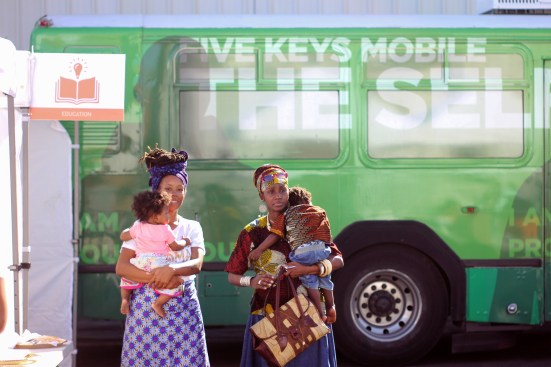
Elizabeth Wong
Another image from the Pop Up Village project
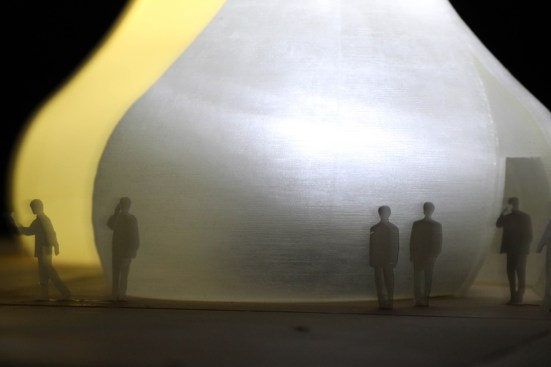
Deanna Van Buren
A rendering of the Mediation Womb, a space for victims and offenders to meet

Emily Hagopian
5 Keys Mobile Classroom
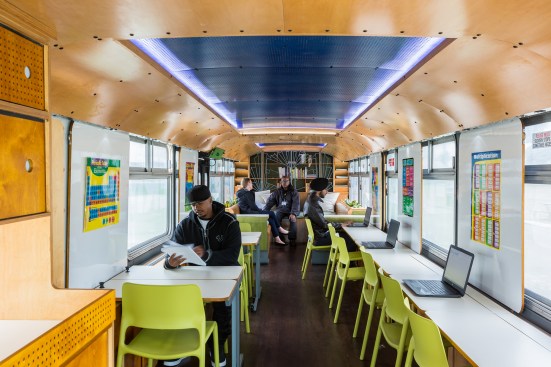
Emily Hagopian
Interior of the mobile classroom
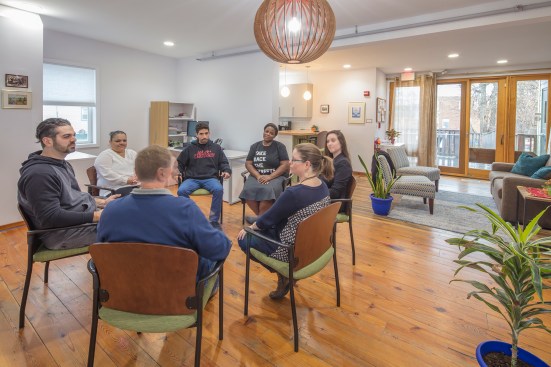
Revette Studio
Near Westside Peacemaking Center in Syracuse, N.Y.
Other Workers in Progress:
-
Bryan Lee Jr. and Sue Mobley, Colloqate Design
“The goal is to establish a system of memory that explores histories that haven’t been part of the main narrative.”
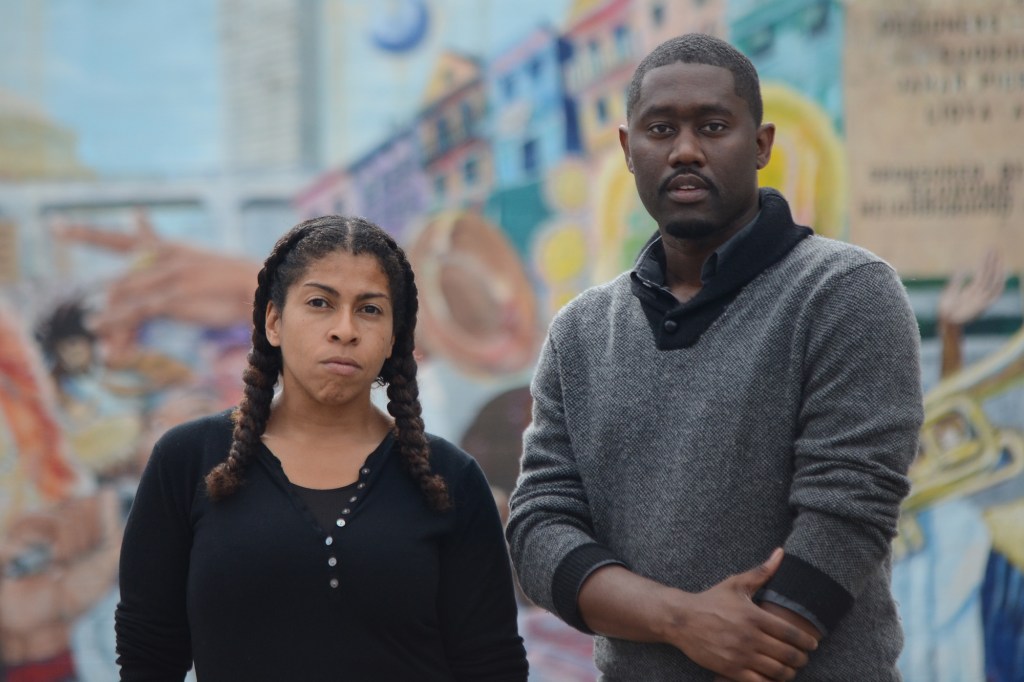
-
Liz Ogbu, Studio O
“In most of my projects, it’s the wrong problem outlined in the brief. You can only right-fit it by talking to people.”
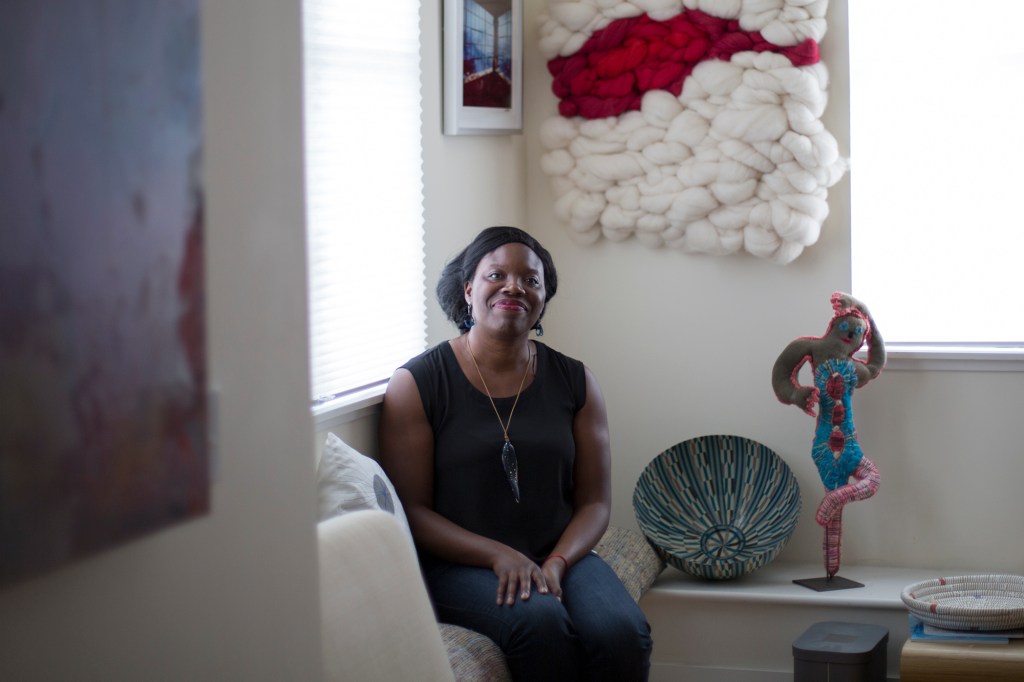
-
Julia Murphy, Skidmore, Owings & Merrill
“We are talking about cultural change and the pace of that is often quite slow. There are certain conversations that we have to revisit often in order to keep goals in sight."

-
Jeffrey Mansfield, MASS Design Group
“You might say that through architecture, I began to understand my own deafness in a broader cultural context, and started to see my own identity as a culturally deaf person as a form of cultural resistance.”
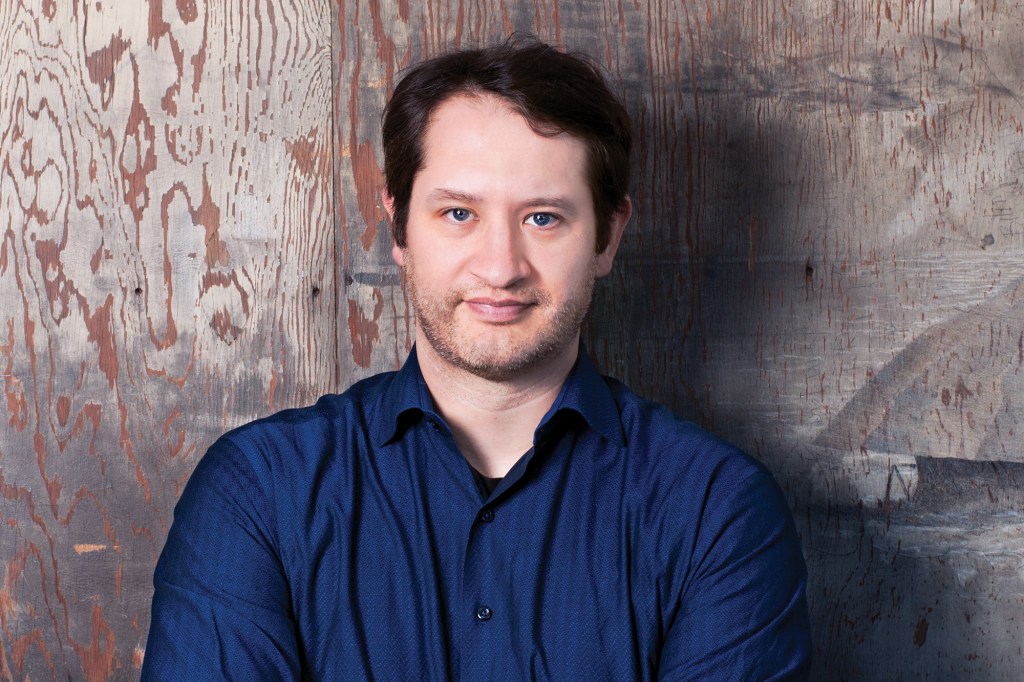
-
Deanna Van Buren and Kyle Rawlins, Designing Justice + Designing Spaces
“Their work challenges the racism of mass incarceration head-on.”
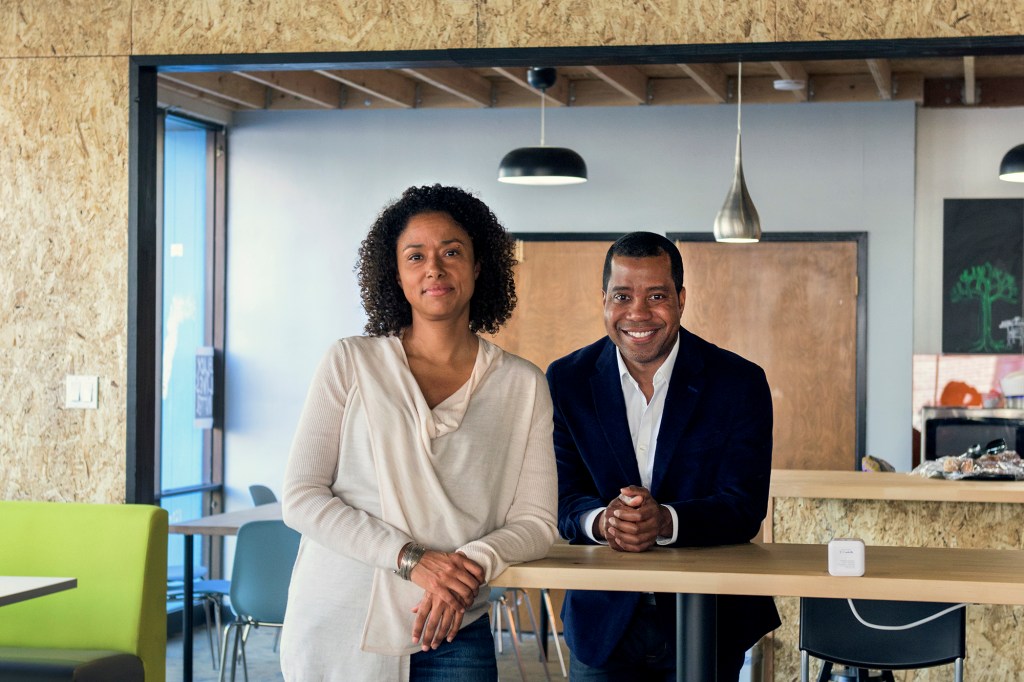
-
Chelina Odbert and Jennifer Toy, Kounkuey Design Initiative
“As much as we love design and love its power, design alone is not enough.”
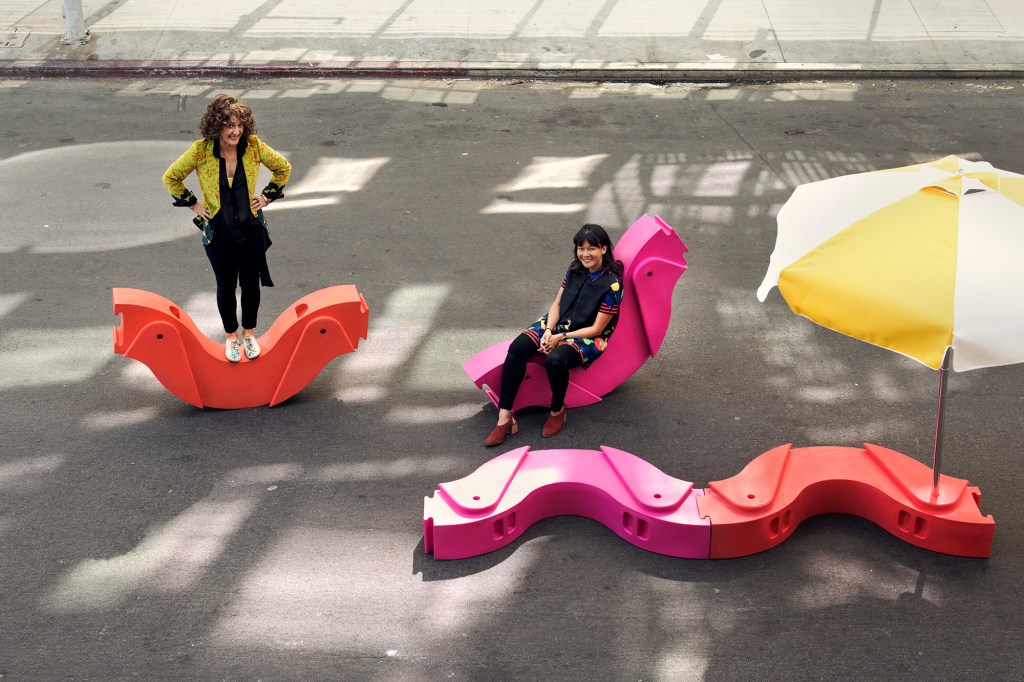
-
Tiffany Brown, Urban Arts Collective
“I want to give everything I have learned to girls who are walking my path. I want to make sure they know it’s up to them to advocate for our communities.”
